Digital product strategy is critical for businesses today. By setting the right priorities and approaches, you can ensure that your digital product meets the needs of your business and your customers.
This article will focus on business leaders' priorities and their approaches before creating their digital product strategy.
Role of digital product strategy
For most businesses, a great digital product strategy helps define the value they will create with their product development. It lets them know where to focus, why they must make certain decisions, and what to do to achieve that value.
This clarity empowers the product development team and helps them focus on the right things and determine how they can deliver a great product or service.
The product strategy is a crucial part of any business, and it must be given the attention it deserves. Too often, product strategy is an afterthought or something that's left to the product team to figure out.
But the reality is that product strategy should be a top priority for all businesses, especially those looking to create or improve their digital products.
[digital_product_strategy_template]
Priorities to set before developing a digital product strategy
There are many factors to consider when creating a product strategy, but there are three key priorities that all business leaders must set:
1. Figure out what problem you're trying to solve

Every product must have a purpose, and that purpose must be solving a specific problem for your target audience. If you don't know what problem you're trying to solve, your product will never see the light of day.
2. Understand your users
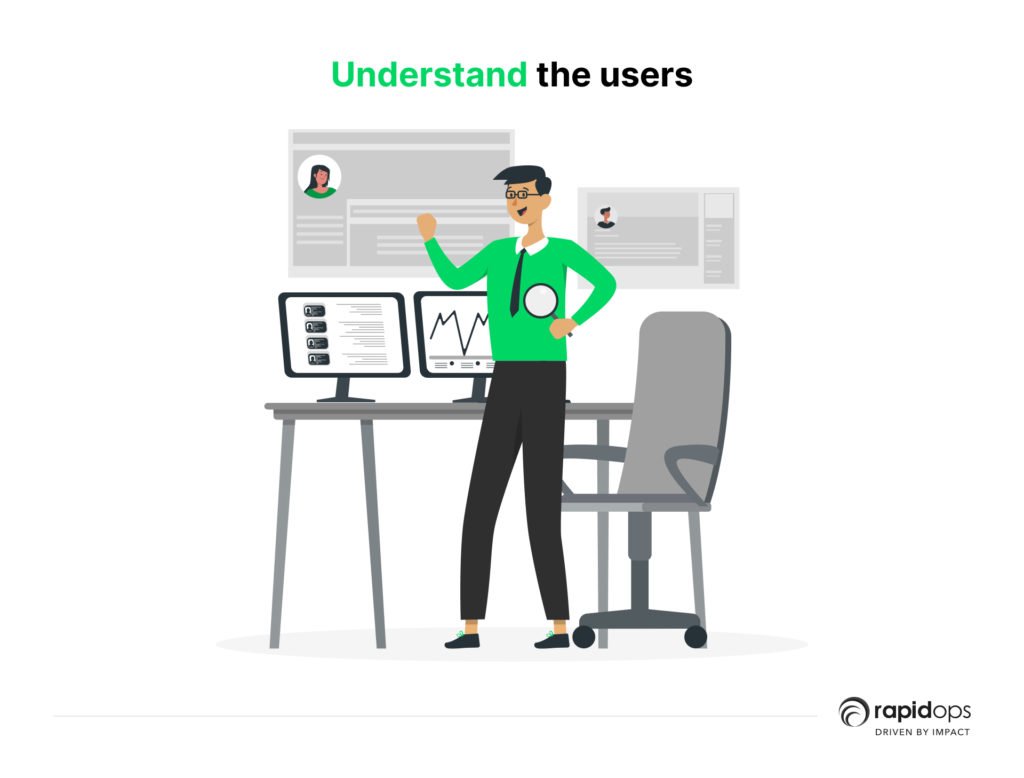
Once you know what problem you're trying to solve, it's essential to understand whom you're solving it for. Try to understand your users
- needs
- wants
- motivations
Without this understanding, creating a product that resonates with your users will be challenging.
3. Set realistic goals
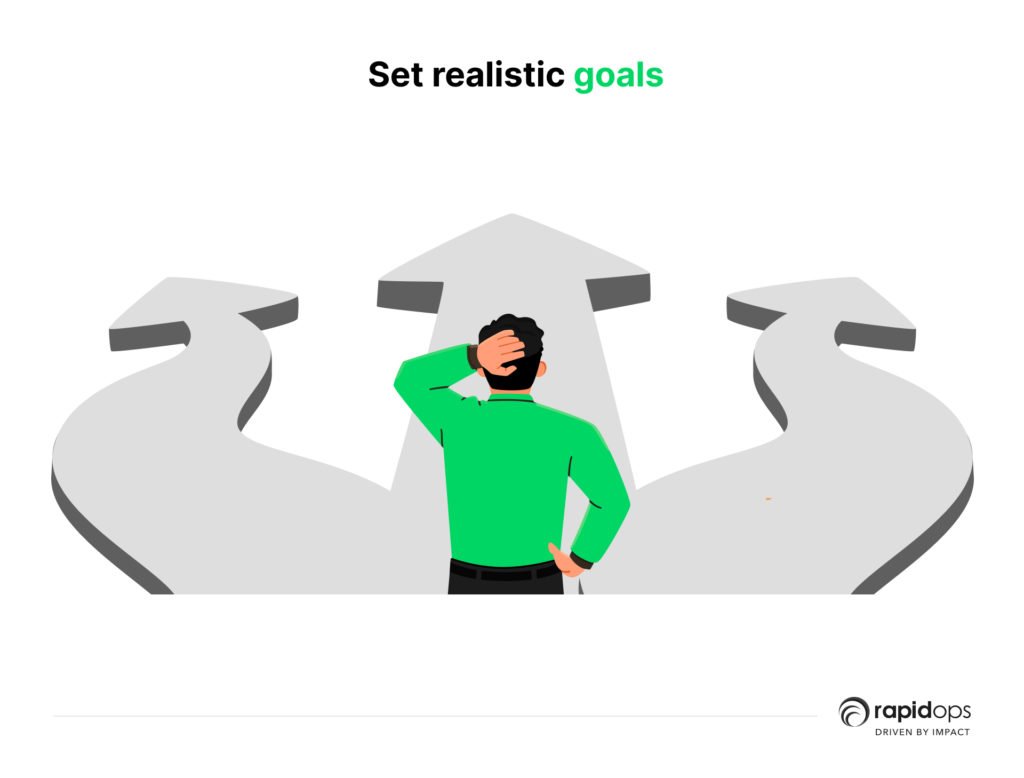
It's essential to set goals for your product strategy, but they must be realistic. If you set unrealistic goals, you'll only be disappointed and frustrated. Be honest about what's possible and what isn't, and you'll be much more likely to achieve success.
Now that we've covered the three key priorities that business leaders must set, let's look at the different approaches you can take when creating your product strategy.
Approaches to digital product strategy
There are many different approaches to product strategy, but the most important thing is to find one that works for you and your team. Your approach will be based on your unique circumstances, and there is no one-size-fits-all solution.
However, there are three common approaches that many businesses take:
1. The waterfall approach
This approach is very linear, and it involves working through each stage of product development in sequential order. This means that all the requirements must be gathered before any stage of work can begin on the product itself.
2. The agile approach
This approach is much more flexible, and it allows for changes to be made throughout the product development process. This is a good option for businesses that need to respond quickly to changes in the market.
3. The lean approach
This approach focuses on creating a minimum viable product (MVP) that can quickly release users. It's a good option for businesses that want to push their product out faster.
No matter what priorities you set or what approaches you take, the most important thing is a well-thought-out product strategy. A product strategy will help you focus on the right things, and it will give you a roadmap to follow.
You'll likely wonder and waste time on things that don't matter. So take the time to set the right priorities and decide on the best approaches for your business before starting down the product development path.
Why do you need a digital product strategy?
Well, to develop a wow product. It's that simple. And what do you think is the purpose of creating a wow product? The answer is yet again simple. A wow digital product will solve many problems of the end-users.
But for your digital product to do so, you need to give its development, roadmap, and overall strategy a personalized look. You have to base the entire process on your end-users perspective, the problem they are looking to solve, and their budget.
The significant challenges in developing a digital product from the scratch
95% of the new product fail, even when the intention behind creating a product is always to capture the market, right?
Before we cover the steps that businesses can generally take to build a wow product from the scratch, let's lay down the challenges first.
1. Meeting time-to-market deadlines
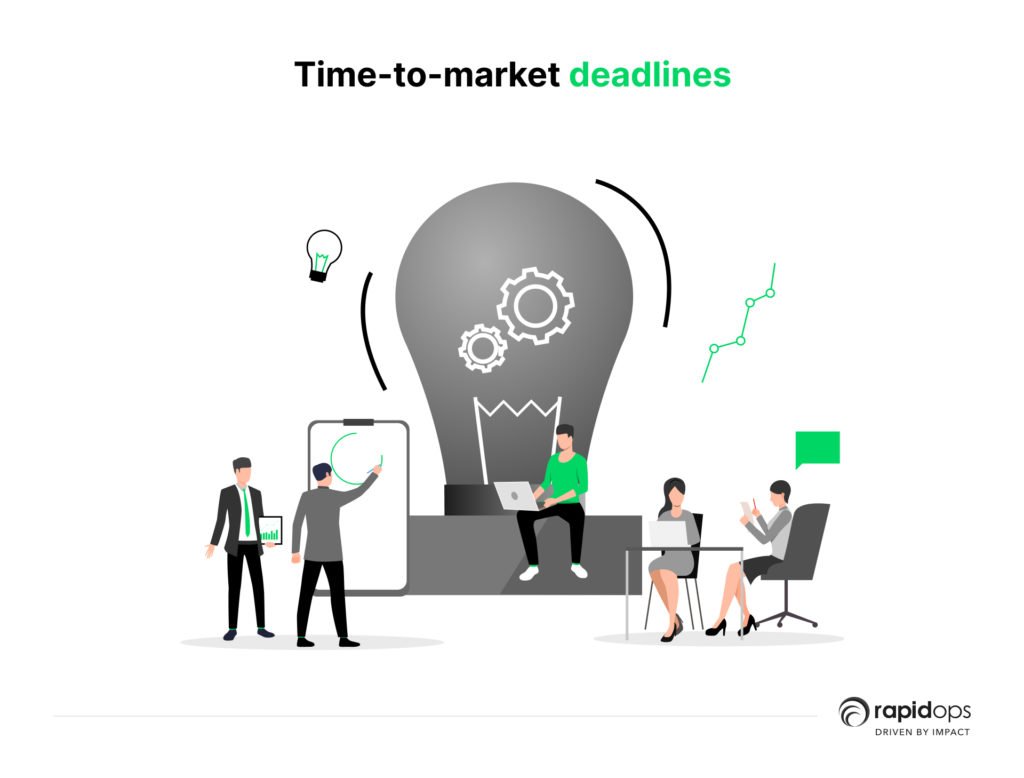
Time-to-market (TTM) is the time elapsed between developing a new product and introducing that product into the market. A shorter TTM can give a company a competitive advantage because it can market faster than its competitors.
However, meeting TTM deadlines can be difficult, especially for start-ups with insufficient resources or experienced personnel. In addition, there may be unforeseen delays such as problems with suppliers, regulatory hurdles, or unexpected technical difficulties.
2. Ensuring product quality

Quality assurance (QA) is a process or set of processes used to measure whether a product meets quality standards and requirements. In software development, QA includes reviews, testing, and validation.
QA is important because it can help prevent problems with the product before it is released to customers. However, QA can be difficult to do well, mainly if the product is complex or has tight deadlines.
3. Managing costs

Developing a new product can be expensive, notably if you need to hire outside consultants or purchase new equipment. In addition, unexpected costs can arise during the development process due to unforeseen delays or problems.
Thus, it is essential to carefully manage costs throughout the development process to stay within budget.
4. Dealing with uncertainty

Developing a new product can be risky because there is always some uncertainty about whether the product will be successful. This is specifically true for start-ups that may not have much experience developing and marketing new products.
Uncertainty can lead to cost overruns, delays, or even failure if the product is not successful in the market. Thus, it is essential to manage risk throughout the development process carefully.
5. Achieving product-market fit

Product-market fit (PMF) is the degree to which a product meets the needs of its target market. Achieving PMF is essential because it allows a company to become profitable and scale its business.
However, achieving PMF can be difficult, notably in new markets. It can be hard to predict customer needs accurately and design a product that meets them.
In addition, competition can be fierce in new markets, making it difficult to differentiate your product from others. Thus, it is vital to carefully research customer needs and monitor the competitive landscape when developing a new product for a new market.
6. Building the right team

Developing a new product requires a team of people with the right skills and experience. This can be difficult, particularly for start-ups that may not have the resources to hire experienced personnel.
In addition, it can be hard to find people who are willing to work on a new product that is still in development and may not be successful. Thus, it is essential to carefully build the right team for your new product.
These are some significant challenges faced while developing a digital product from scratch.
While it is certainly possible to overcome these challenges and grow a successful outcome, it is essential to carefully consider each of these factors before embarking on such a project.
7. Managing execution
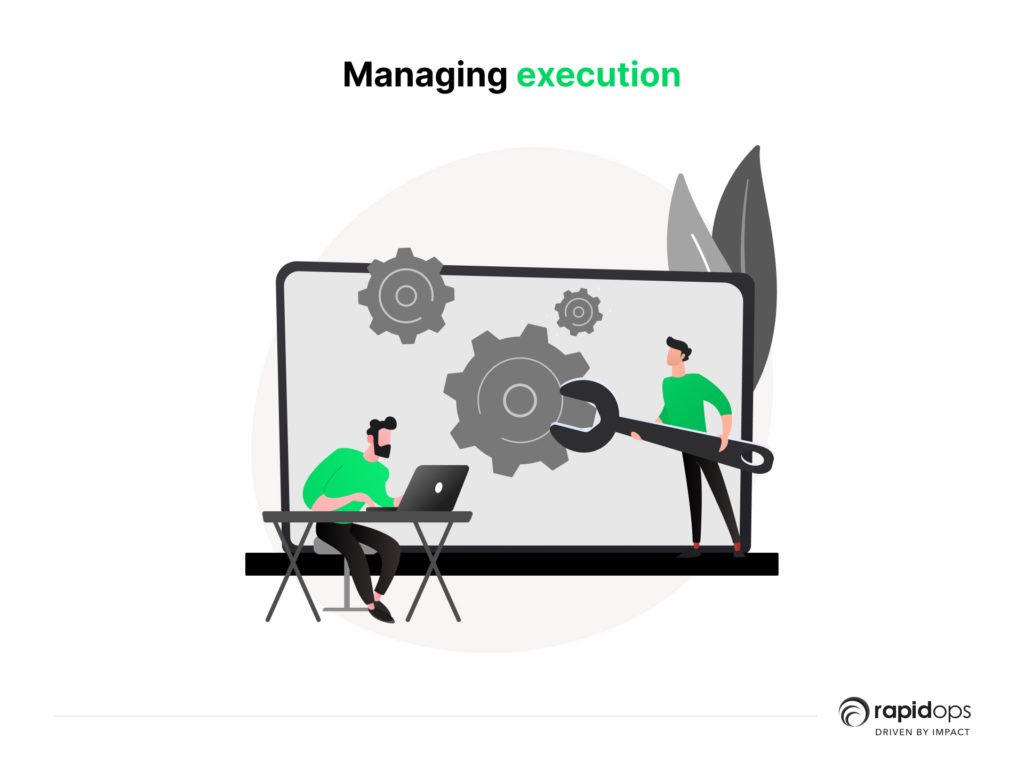
When jumping from development to launch, a product team should anticipate many potholes along the road, including
- managing workflows
- engineering the product
- engaging internal and external stakeholders
- executing business strategy
- complying with laws and regulations
Another advantage of having an eagle-eye approach to digital product development is that it allows for rapid and incremental evaluations of the whole process.
Problems will always arise in product development. That's always a given. However, what matters is that there are methods in place to identify and resolve them as soon as possible.
The majority of the challenges arise mainly due to the product's digital nature.
Product development involves
- Market research
- Product planning
- Designing
- Coding
- Testing
- Marketing
All these activities are significant to developing a successful product.
- The biggest challenge while developing a digital product is making sure that all its aspects work together seamlessly.
- Another big challenge is keeping track of constantly changing technology trends and ensuring that the product stays up-to-date with those trends.
- Lastly, since investors often see digital products as high risk, getting the funds for a new product development project can be challenging.
Developing a digital product can be an enriching experience despite these challenges.
Essential steps in building the right digital product
Business owners and product teams should know that the product development process is elastic. If the findings from the discovery phase or user testing strongly suggest changing your product, you should do so.
It's preferable to alter course or modify your product concept or design before starting heavy coding.
Ideally, before significant work on product engineering begins, you should gather sufficient evidence or insights during discovery, product validation, or proof of concept.
Creating a successful digital product is no easy feat. It takes careful planning, execution, and continual optimization to ensure that your product meets the needs of your target market.
Here are some critical steps to take when building the right digital product:
1. Define your target market
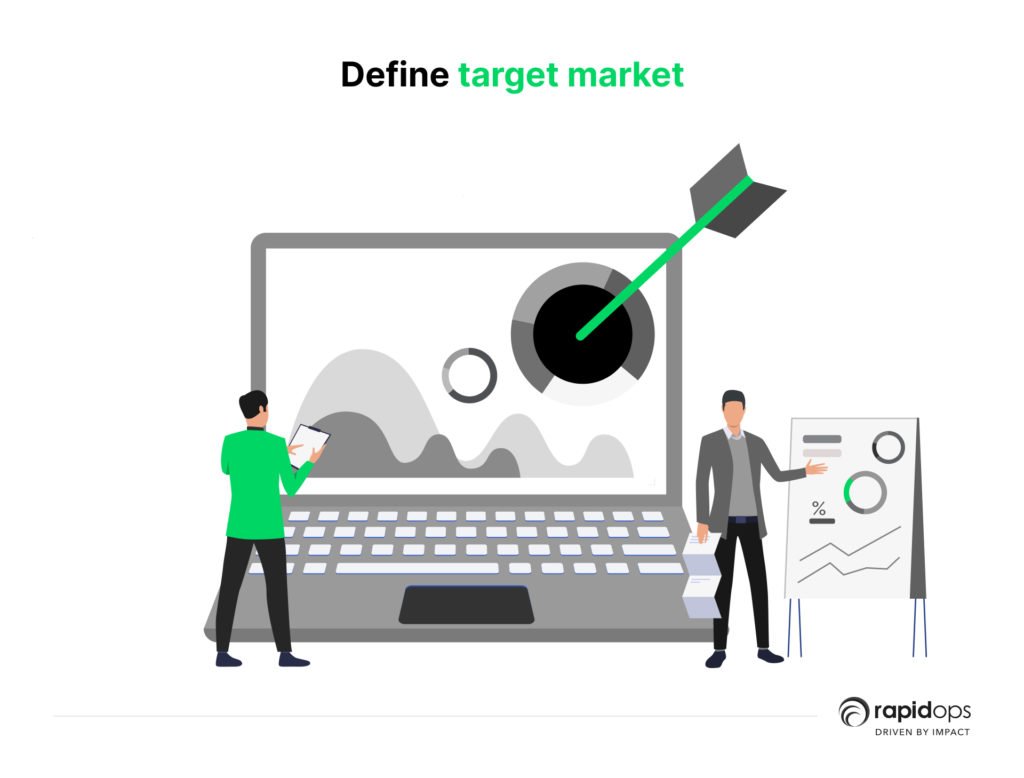
- Who will you be building this product for?
- How your product will fulfill their needs?
- Will your product address their pain points?
2. Research your competition

- What other products are out there that serve the same purpose as yours?
- How can you make yours stand out from the rest?
3. Create detailed user personas
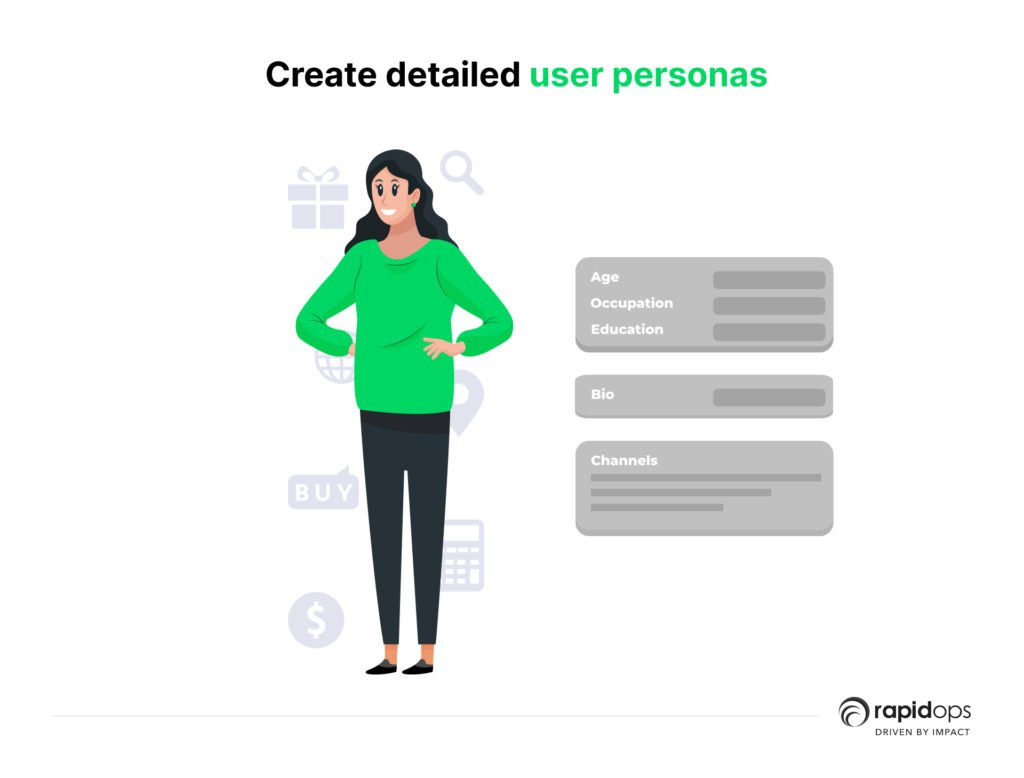
Once you know your target market, create detailed user personas to help guide your decision-making throughout the product development process. These should include information such as
- Demographics
- Psychographics
- Goals
- Pain points
4. Develop a strong value proposition

- What makes your product worth using?
- How will it improve the lives of your target users?
Make sure your value proposition is clear and concise.
5. Create mockups and prototypes
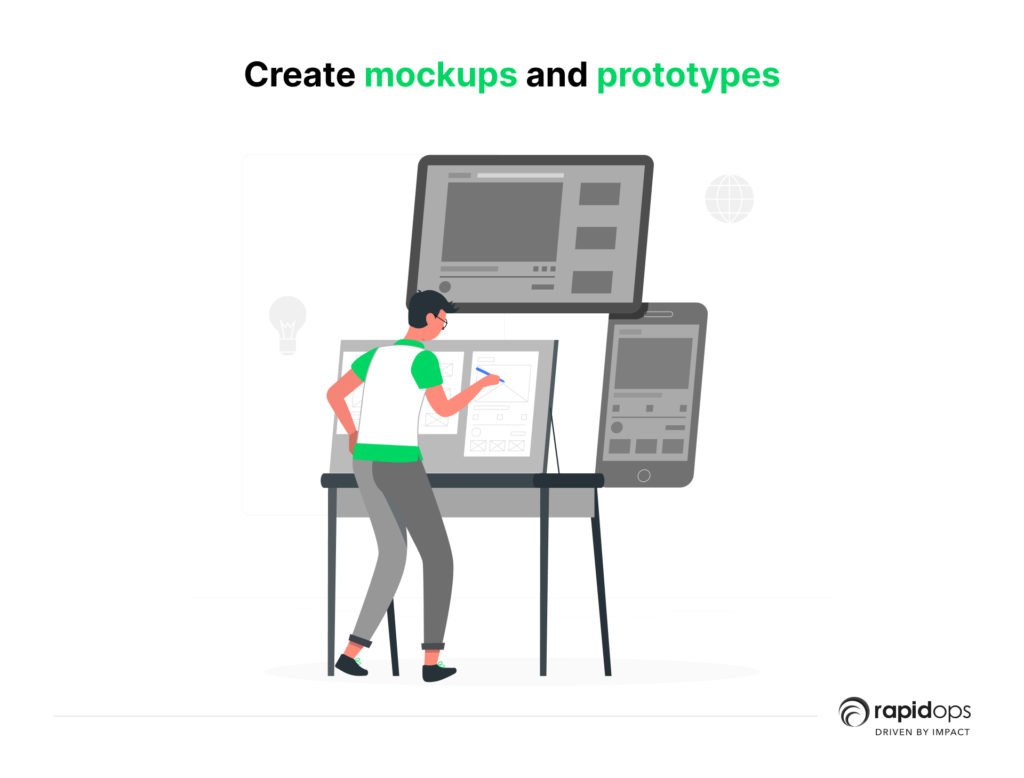
Once you understand your product concept, it's time to build initial mockups and prototypes. This will help you refine your ideas and get feedback from potential users early on.
6. Test, test, test

Always be testing! Throughout the development process, it's essential to continuously test your product with real users to ensure that it meets their needs and expectations. This will help you catch any issues early on and make necessary tweaks before launch.
Follow these steps, and you'll be well on your way to building a successful digital product that your users fall in love with!
Concluding thoughts: Create your digital product strategy based on your organizational priorities
Taking digital decisions in this competitive landscape is becoming an essential agenda for modern board rooms.
Why? Looking back at the pandemic and how it brought the market to a standstill, digital is the way to stay resilient.
Please review and update your digital product strategy regularly to ensure that it remains responsive to changes in the market and your business.
We hope that the tips shared in this article will help you create the best digital product strategy that matches your organizational needs.
Check out our complete product strategy guide if you want more guidance on the subject. Thank you for reading! We hope this article was helpful and assists you in your journey of creating a wow digital product strategy.

Saptarshi Das
Content Editor
9+ years of expertise in content marketing, SEO, and SERP research. Creates informative, engaging content to achieve marketing goals. Empathetic approach and deep understanding of target audience needs. Expert in SEO optimization for maximum visibility. Your ideal content marketing strategist.

Let’s build the next big thing!
Share your ideas and vision with us to explore your digital opportunities
Similar Stories
- Strategy
- undefined Mins
- February 2017

- Strategy
- 19 Mins
- August 2023


Receive articles like this in your mailbox
Sign up to get weekly insights & inspiration in your inbox.

